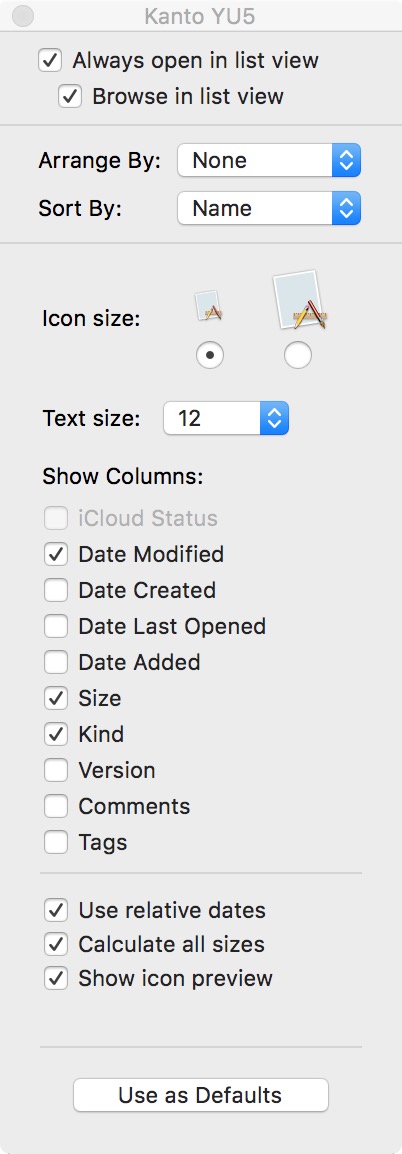
#Find library folder on mac mac#
Now you should be able to access and open the Library folder on a Mac with ease and to do this whenever you need it. Click View > Show View Options Place a checkmark in a box to Show Library Folder. You can type: ls at the prompt to get a detailed folder listing. Another similar method, for anyone using macOS Mavericks or later, is to follow these steps to view the Library: Open a Finder window.
#Find library folder on mac password#
Note: The System administrator password is not visible as you type it.Ĭlose Terminal for this change to take effect. To access the Library folder directly in the Terminal, type: cd /Library at the prompt to switch to the Library folder. Launch Terminal from Mac HD > Applications > Utilities.įrom within Terminal type the following command and press Return: chflags nohidden ~/LibraryĮnter the system administrator password, if prompted, and press Return. Note: Adobe recommends that only advanced users use this method. The following method makes the user library folder permanently visible. Note: After you open the Library folder, you can drag the Library icon from the top of that window to the Dock, Side Bar, or toolbar. The user library folder is listed below the current user's home directory. Hold down the Alt (Option) key when using the Go menu.

In the Go To Folder dialog, type ~/Library The Library folder contains many of the resources that installed applications need to use, including application preferences, application support documents, plug-in folders, and ever since OS X Lion, the files that describe the saved state of applications.
If it's necessary to access these files for Adobe-related troubleshooting, use one of the following methods to make the user library content visible. Method 2: “Go To” Your Library Folder DirectlyĪlternately, if you like making things slightly more complicated, you can also visit your Library folder by switching to Finder and selecting Go > Go to Folder in the menu bar.Apple made the user library folder hidden by default with the 10.7 release. But if you hold down the Option key when you click “Go,” “Library” will appear.įrom there, you can click on the “Library” option, and you will be taken directly to your Library folder. In Finder, when you click on the Go menu at the top of the screen, “Library” usually isn’t present on the list. If something goes wrong with your replacement, you can delete it and restore the previous file by renaming it back to “ist.” Method 1: Use the Go Menu For example, if you plan to overwrite a file called “ist,” you should rename the existing file “” first. But, you may want to tweak the settings for an app, which may require accessing the Library folder.

The files and settings in the Library folder should be left alone for the most part.

It’s also a good idea to keep a backup copy of files you will be moving or replacing in the Library folder. Inside the home folder on your Mac is a Library folder that stores app-specific files and settings, personal settings, and some data. So, before you dive into Library, make sure you have a current Time Machine backup and a plan for what you’ll be doing. Then check the box for Show Library Folder. Select your User folder, and press Command+ J. If Library isn’t an option, check that you’re in Column View. If you accidentally delete or modify those files, you might cause problems serious with your system. Click on your Users folder, open it in Column view, and select View > Show View Options then check the box for Show Library Folder. Apple hides the Library folder for a good reason: It contains essential configuration files for both macOS and your applications.


 0 kommentar(er)
0 kommentar(er)
